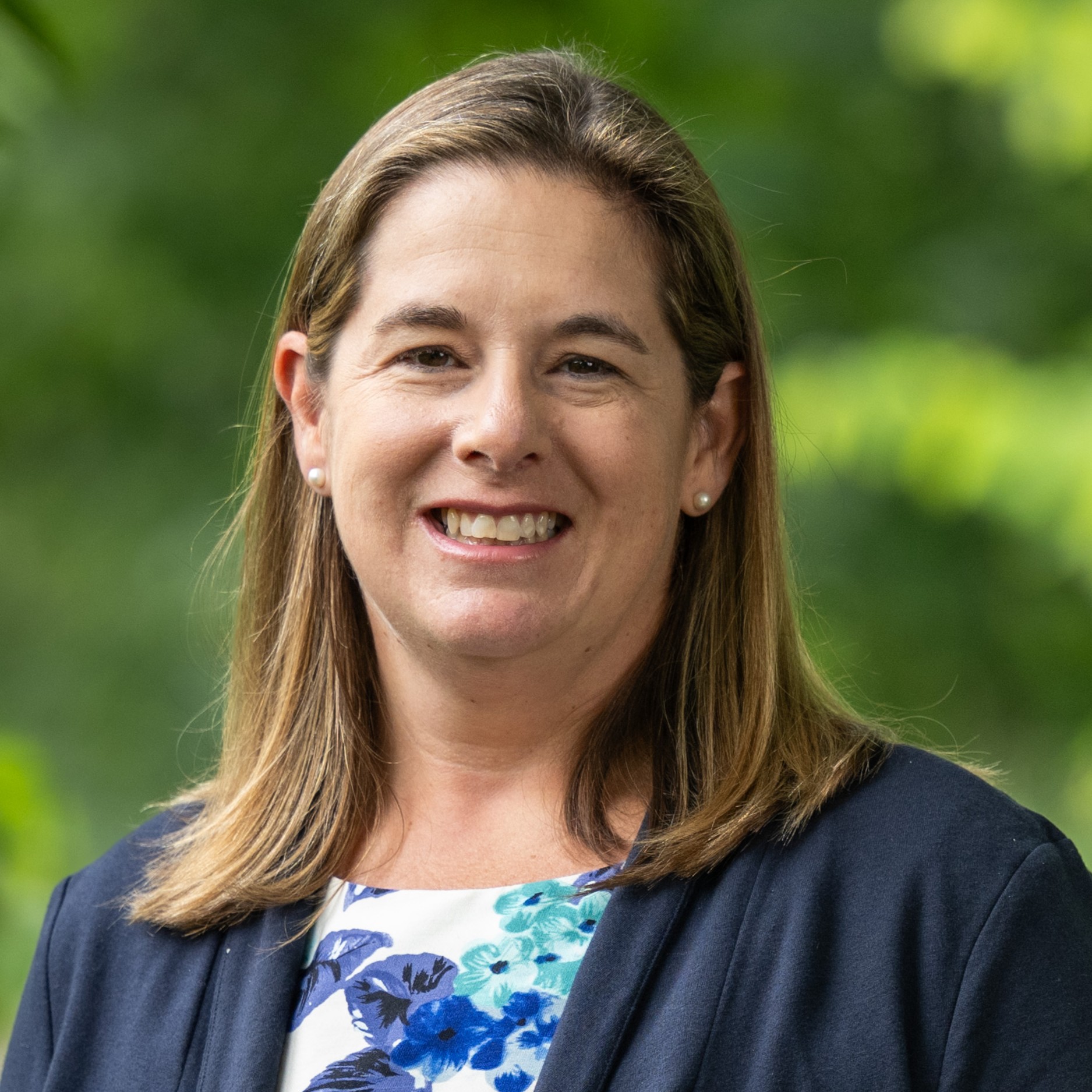 Dana Dolinoy
Dana Dolinoy
University of Michigan School of Public Health
Tell us a bit about your scientific and educational background.
Dana Dolinoy holds the position of Professor in the Departments of Environmental Health Sciences and Nutritional Sciences at the University of Michigan School of Public Health. Her educational background includes a B.A. in Environmental Sciences and Policy from Duke University and a Ph.D. in Genetics and Genomics from Duke University Medical Center.
Dolinoy is known for her work in environmental epigenetics, investigating how environmental exposures can influence gene expression through epigenetic mechanisms. She has specifically focused on the impacts of nutrition and chemical exposures on the epigenome and their implications for health and disease. Her research has contributed significantly to understanding the interplay between the environment and genetic regulation.
What do you see as the greatest value or most rewarding aspect of your scientific work?
A highly rewarding aspect of our research is the ability to uncover how environmental exposures can lead to health disparities and the possibility of mitigating those impacts through informed interventions and preventative measures.
Additionally, the potential to translate complex molecular findings into actionable insights to prevent diseases or improve health outcomes is deeply fulfilling. Educating and mentoring the next generation of scientists is another rewarding facet, as it allows me to share their passion and contribute to the advancement of science and public health through their students and collaborators.
What initially drew you to the EMGS?
In 2006 my thesis mentor Dr Randy Jirtle encouraged me to attend the annual meeting in Vancouver because EMS (at the time) was a society that fostered networking and innovative science. After I attended that first meeting I was convinced! Soon after, EMS added Genomics to the Society's name in part to support the emerging field of epigenomics.
How has EMGS impacted your professional development?
EMGS provided me with professional development opportunities including an award to attend the 2008 Annual Meeting in Puerto Rico and as leader of the Epigenetics Special Interest Group. I have also been able to interact with new and established investigators in the field as well as advocates including Jill Escher, who has impacted the field for advocating for multi and trans-generational investigation of exposures via epigenetic and genetic mechanisms.
What advice would you offer to students or early career investigators?
Interdisciplinary Approach: Embrace interdisciplinary collaboration. Complex problems, such as those related to environmental epigenetics, often require insights from multiple fields.
Mentorship and Networking: Seek out mentors and build a strong professional network. Learning from seasoned researchers and peers provides guidance and valuable opportunities for growth.
Focus on Impact: Always consider the broader impacts of your research. Understanding how scientific findings can influence public health or environmental policy can help guide meaningful and impactful research efforts.
What involvement opportunities with EMGS have you found to be the most rewarding? SIGs, awards, etc.
Besides the dancing? The networks formed via SIGs as well as when preparing a proposal for the annual meeting
What are the most rewarding connections you have made since joining EMGS?
As I mentioned, Jill Escher above. I have also been so excited that so many of the fellows and students that I have encouraged to attend EMGS are now EMGS leaders, including Jackie Goodrich, Chris Faulk, and Luke Montrose.
What do you think the greatest scientific achievement in history has been?
The continuum of 1) the discovery of the structure of DNA and the elucidation of the genetic code. This foundational knowledge has paved the way for a deeper understanding of genetics, heredity, and molecular biology.
2) the Human Genome Project not only mapped the entire human genome but also set the stage for subsequent research into how genes are regulated and expressed, including through epigenetic mechanisms.
and 3) the development of technologies like CRISPR-Cas9 for gene editing is having significant implications for genetic research, including epigenetics. Our work builds upon CRISPR to establish piRNA epigenetic editing technology.
If you could meet any scientist, past or present, who would it be and what would you talk about?
I would choose to have a conversation with Barbara McClintock, the groundbreaking geneticist and the first woman to win an unshared Nobel Prize in Physiology or Medicine. McClintock's discovery of "jumping genes" or transposable elements—segments of DNA that can move around within the genome—revolutionized our understanding of genetic/epigenetic variation and regulation.
In our discussion, I would want to delve into her insights on the complexities of genome dynamics and how they could relate to contemporary research into how environmental factors influence gene expression.
Additionally, I would be interested in discussing the challenges she faced as a woman in science during her time and how she overcame them. Her perseverance and innovative thinking serve as an inspiration to many scientists today, particularly women in fields that continue to push the boundaries of genetic research.
If you were not a scientist, what would you be doing?
Professional outdoors person - kayaking, hiking, especially in the Great Lakes area!
 2025 EMGS Program Chair
2025 EMGS Program Chair